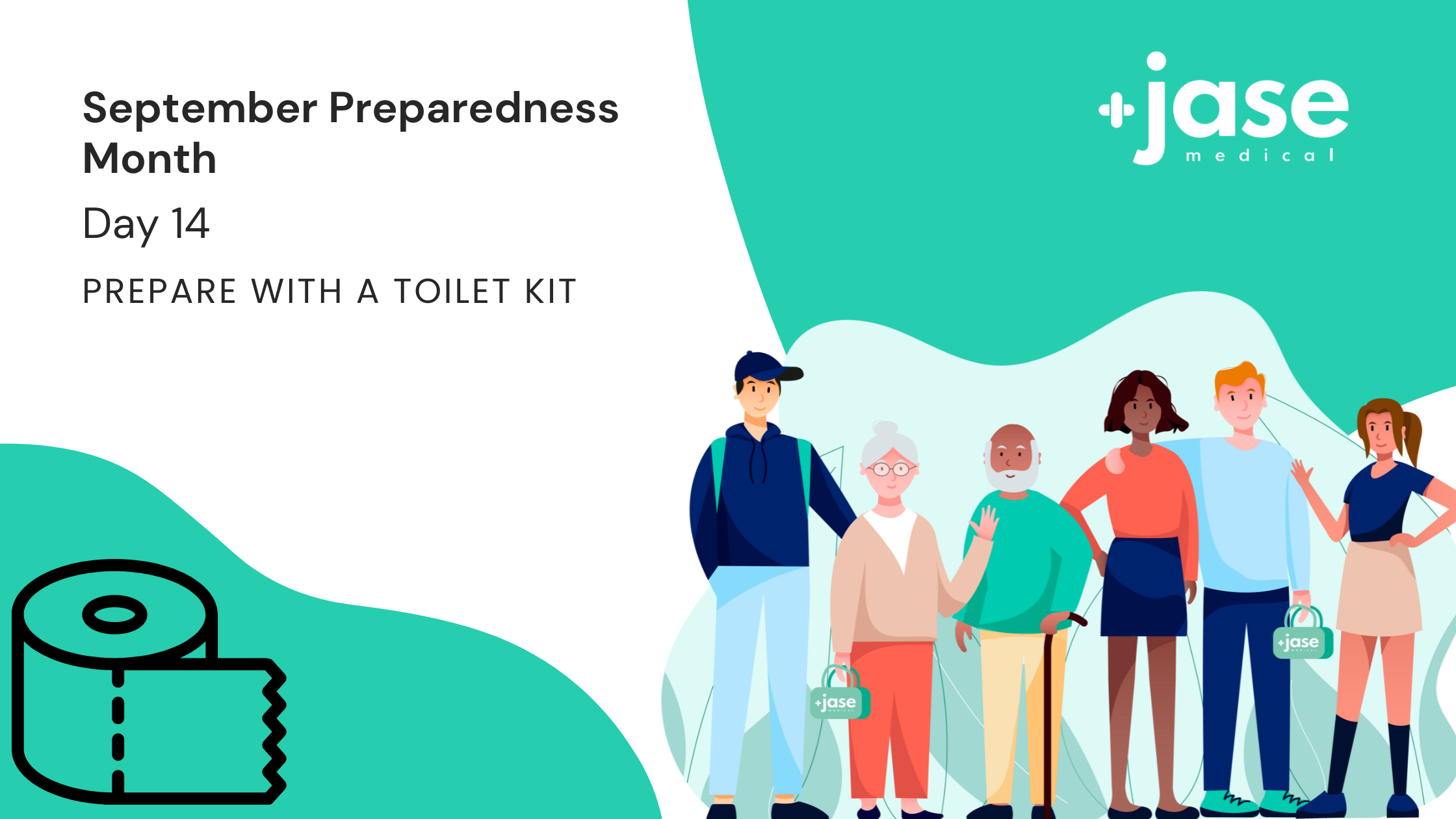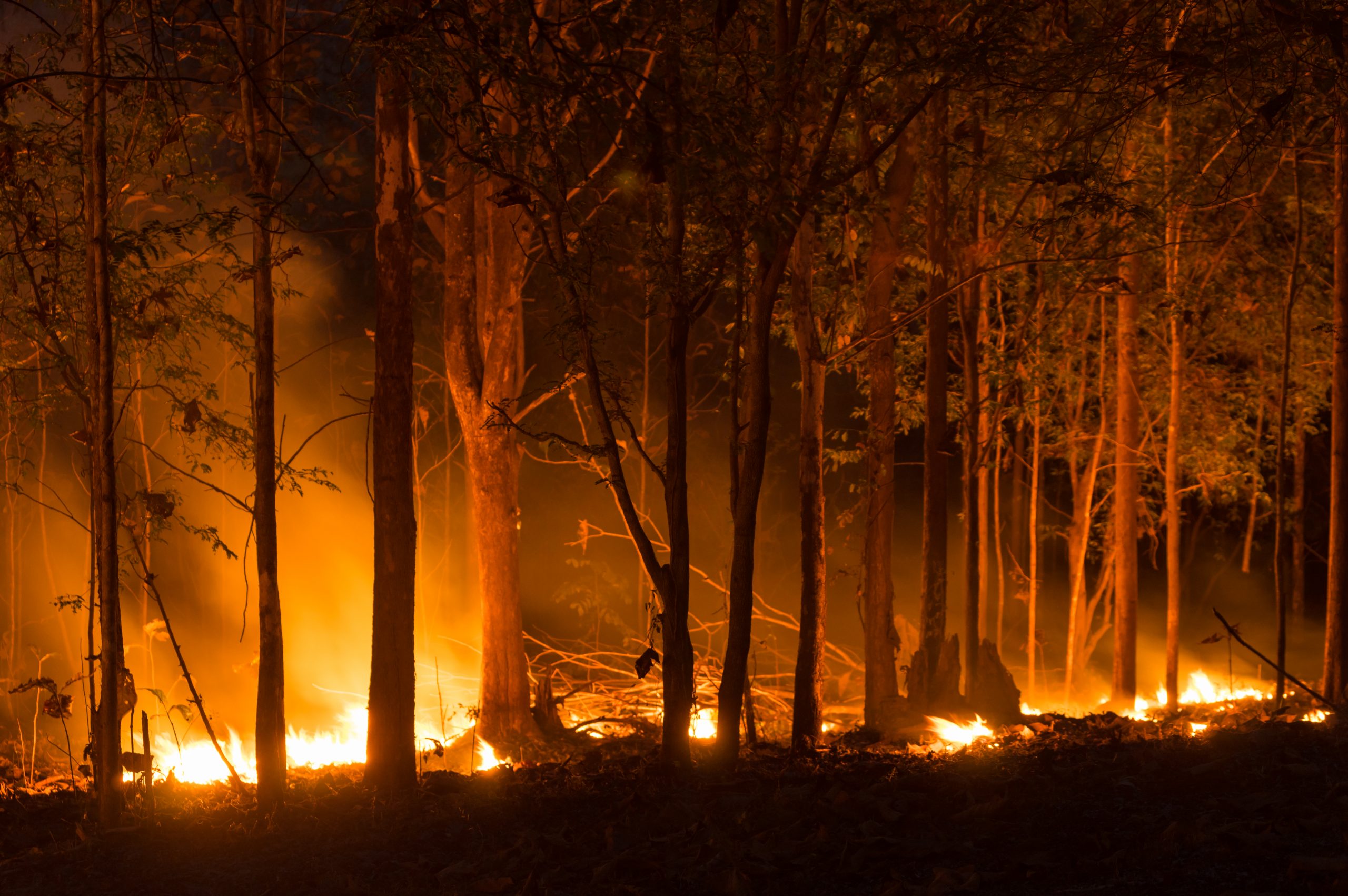3 Reasons EVERYONE should have emergency medications avaiable. It's all about access—access to medications and care when you need it most. And when things happen outside of your control that access can disappear.Below are 3 examples of how easily this access can be...
Prepare with a Toilet Kit


One of the most neglected but perhaps most important in preparing for disasters is personal hygiene and toileting. There are many common and preventable diseases spread from feces not handled properly. If the water supply is limited or not available, the decision on water use for drinking or handwashing becomes apparent. Following a natural disaster (hurricanes, floods, wildfires, earthquakes, tornadoes) the leading causes of illness and death are diarrheal and respiratory infections. Infections spread rapidly when there isn’t adequate waste disposable available.
During a major disaster, basic services such as electricity and water service are likely to stop. Sometimes these services stop or are severely disrupted for extended periods of time.
Hurricane Fiona, which has plunged Puerto Rico into darkness and no water is a recent example of a natural disaster. As of this writing 760,000 residents are either without water or suffering significant disruptions of running water. This is a human disaster of epic proportions.
When being forced to decide between using water for personal hygiene or drinking, the answer becomes very apparent. We need daily intake of clean water to survive.
Set up buckets
Before the disaster: Remember, when preparing, 2 is one and one is none. Also be aware that it is wise to have 2 buckets ready in case someone does become ill while waiting for services to be restored.
- Have a ready set up 2 5-gallon buckets with lids attached. These set ups are easily found at your local Walmart, camping store and even some hardware stores that carry camping supplies. Inside each bucket place:
- A ziplock bag with several pairs disposable gloves
- Personal wipes or baby wipes
- Hand sanitizer
- Toilet paper
- Large towels to place under buckets
- Several heavy duty 13 gallon bags that can line the bucket for safe disposal after use. Double line the buckets.
- Pine shavings for odor control, these can be found in feed stores. Put a large handful in several ziplock bags
- I have experience with the pooh bags and deodorizers sold in camping stores and online. These are a good choice for temporary camping outings. The bags are usually biodegradable, and they do fall apart if left for any amount of time. For extended periods of service disruptions using pine shavings and regular, disposable kitchen garbage bags work a lot better.
- If privacy is an issue, purchase a pop-up shower privacy tent. Set up one of the portable toilets in it. Place a towel or small rug inside on the floor, to avoid movement.
Set up double bagged buckets, apply a handful of shavings to the bottom. Have a box with the other supplies in it readily available. After each use apply shavings on top of the waste. When halfway full, put on gloves and securely tie up the waste and dispose. Remove gloves, use hand sanitizer or if available thoroughly wash hands with clean water and soap.
A 1:10 bleach 1 part bleach to 10 parts water solution to clean the bucket and lid between uses is a good practice.
Lifesaving Medications
Recent Posts
Keeping you informed and safe.
Be Prepared for Life’s Unexpected Moments
Youth Preparedness: Teaching, Building, and Coping with Disasters
Educating and preparing your children ahead of time means fewer surprises in the event of an emergency.Growing Up Prepared: Empowering Youth in Disaster Preparedness As we observe National Preparedness Month, it's crucial to remember that disasters can strike at any...
Low-Cost and No-Cost Emergency Preparedness Measures
Small steps today, mean a safer tomorrow for you and your loved ones.Low-Cost and No-Cost Emergency Preparedness So far in our series for National Preparedness Month this September, we've already covered How to Make an Emergency Plan for Your Household and How to...











